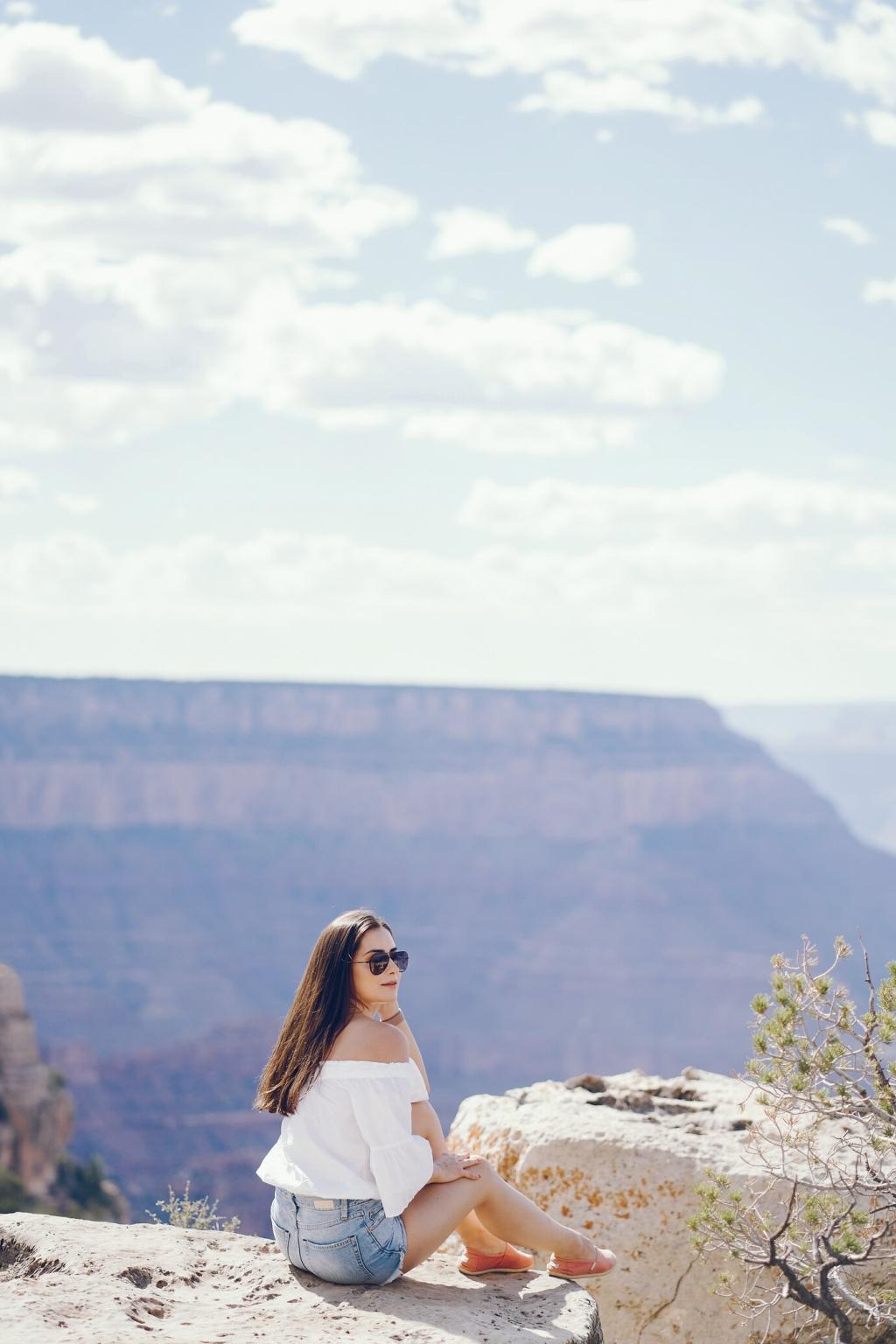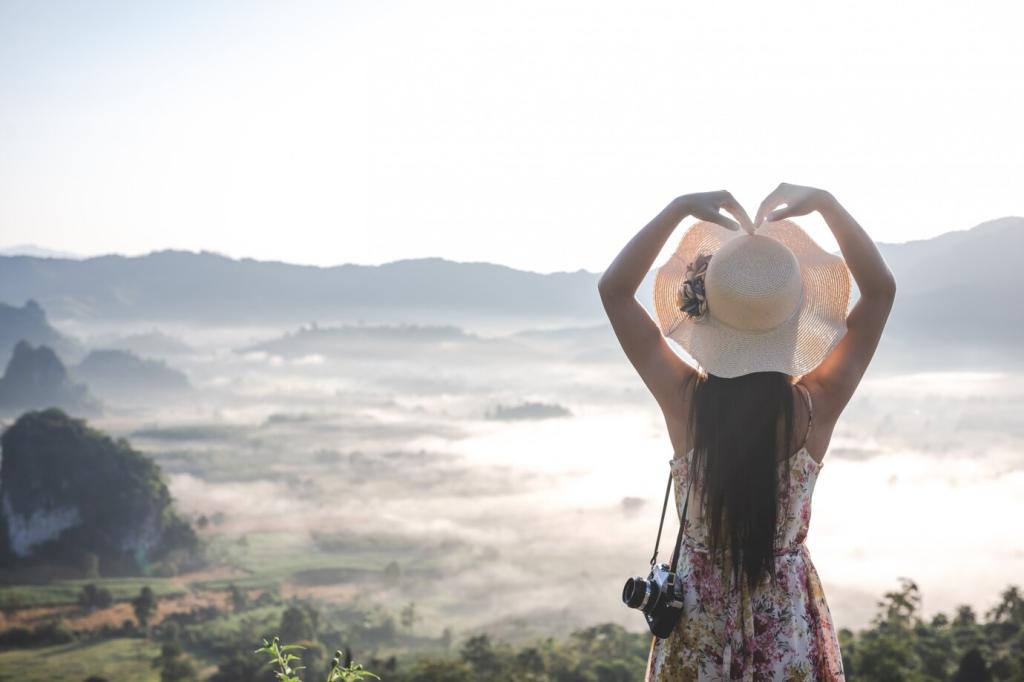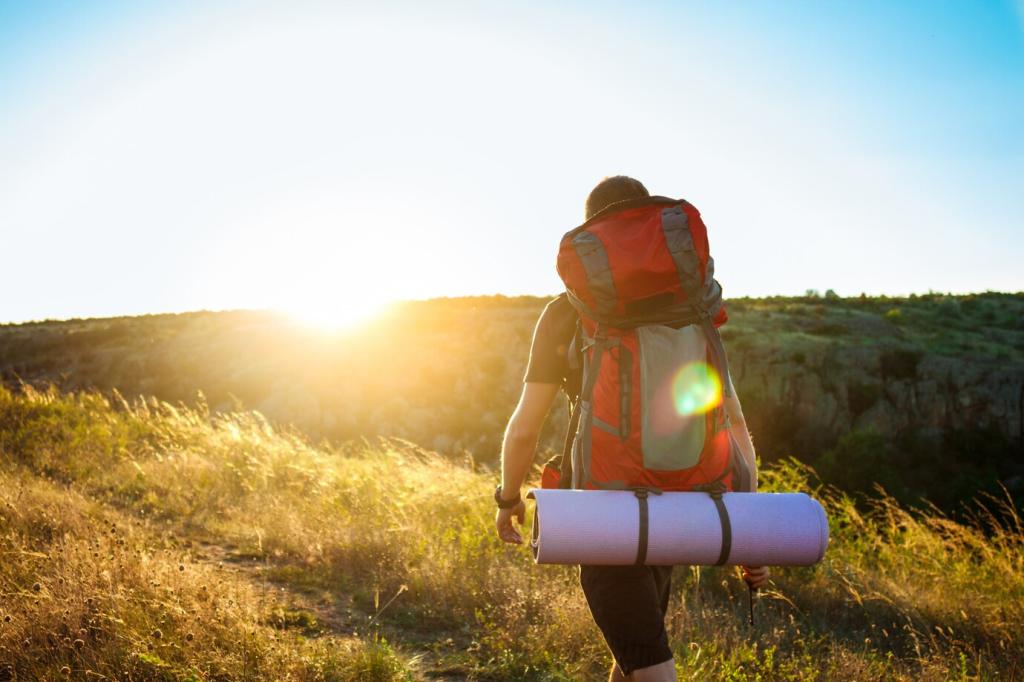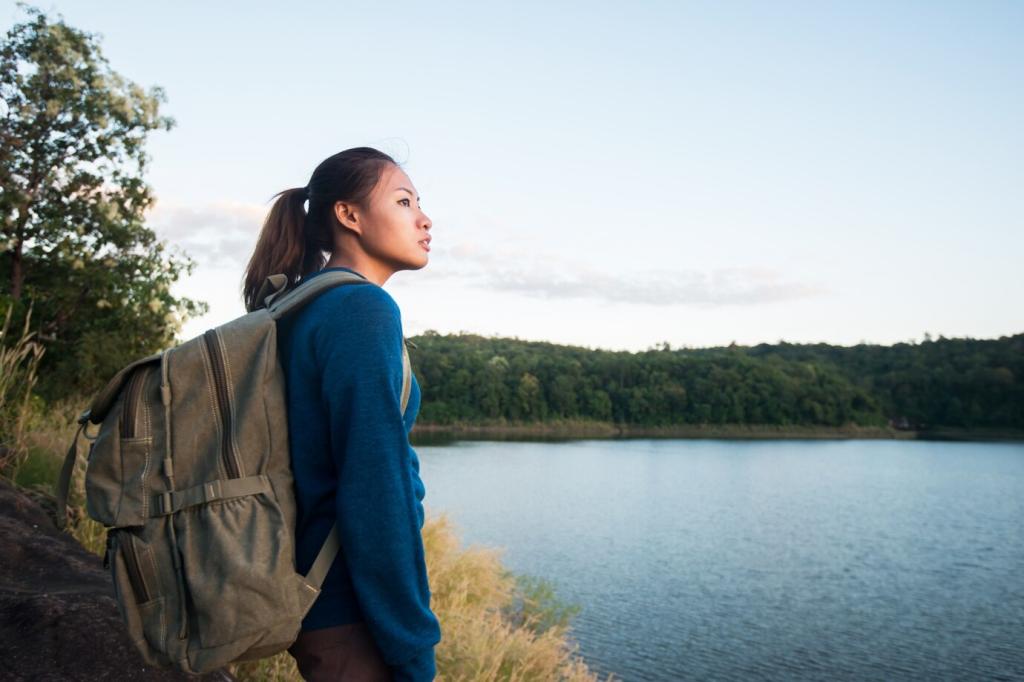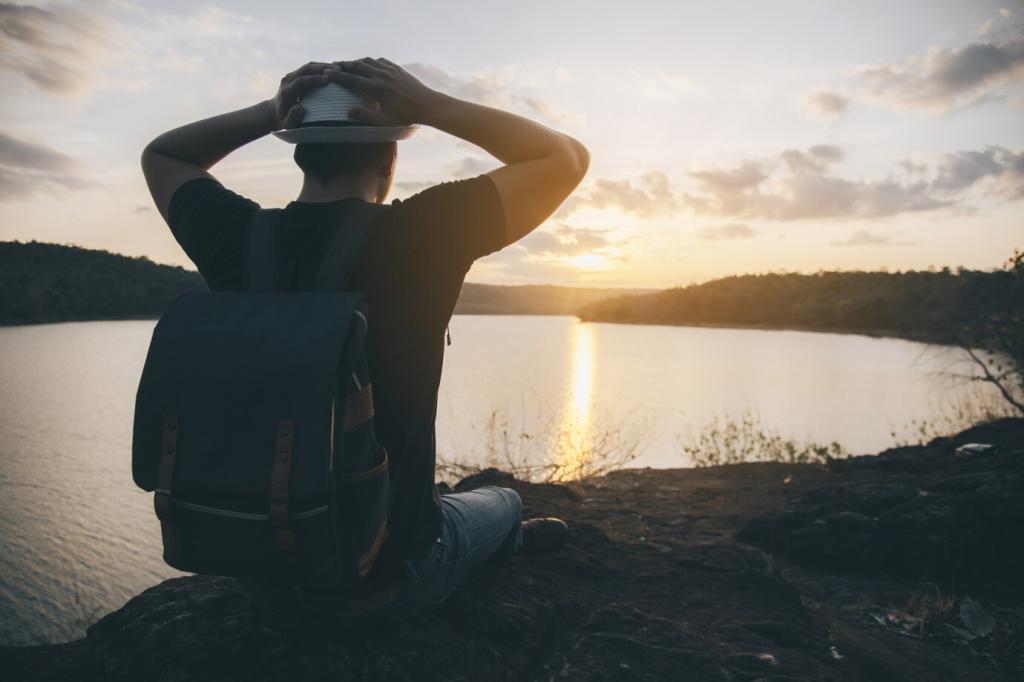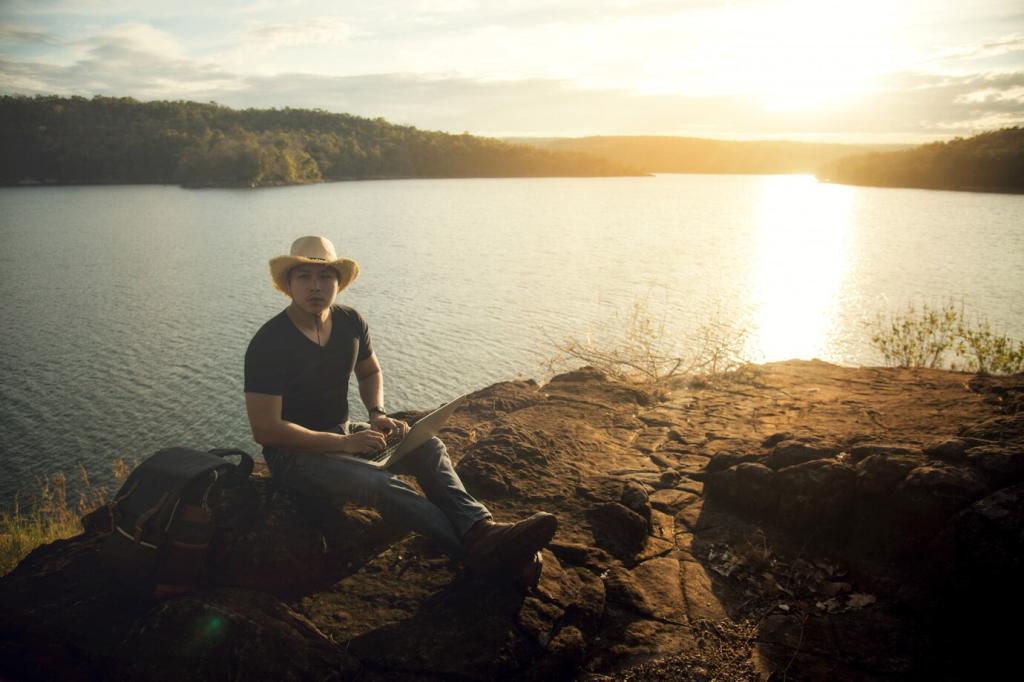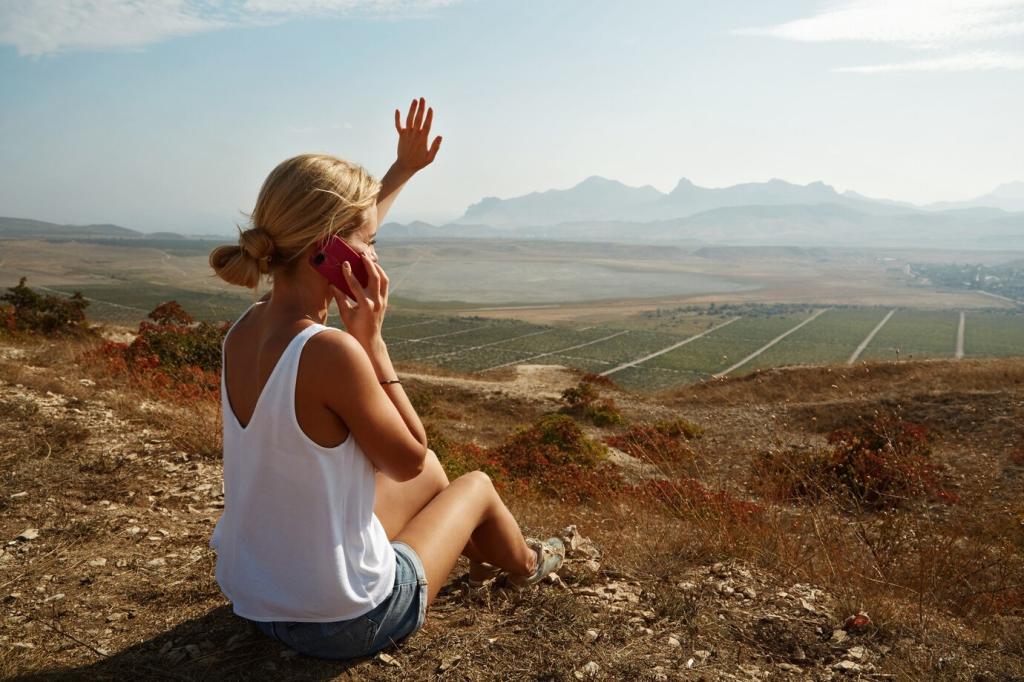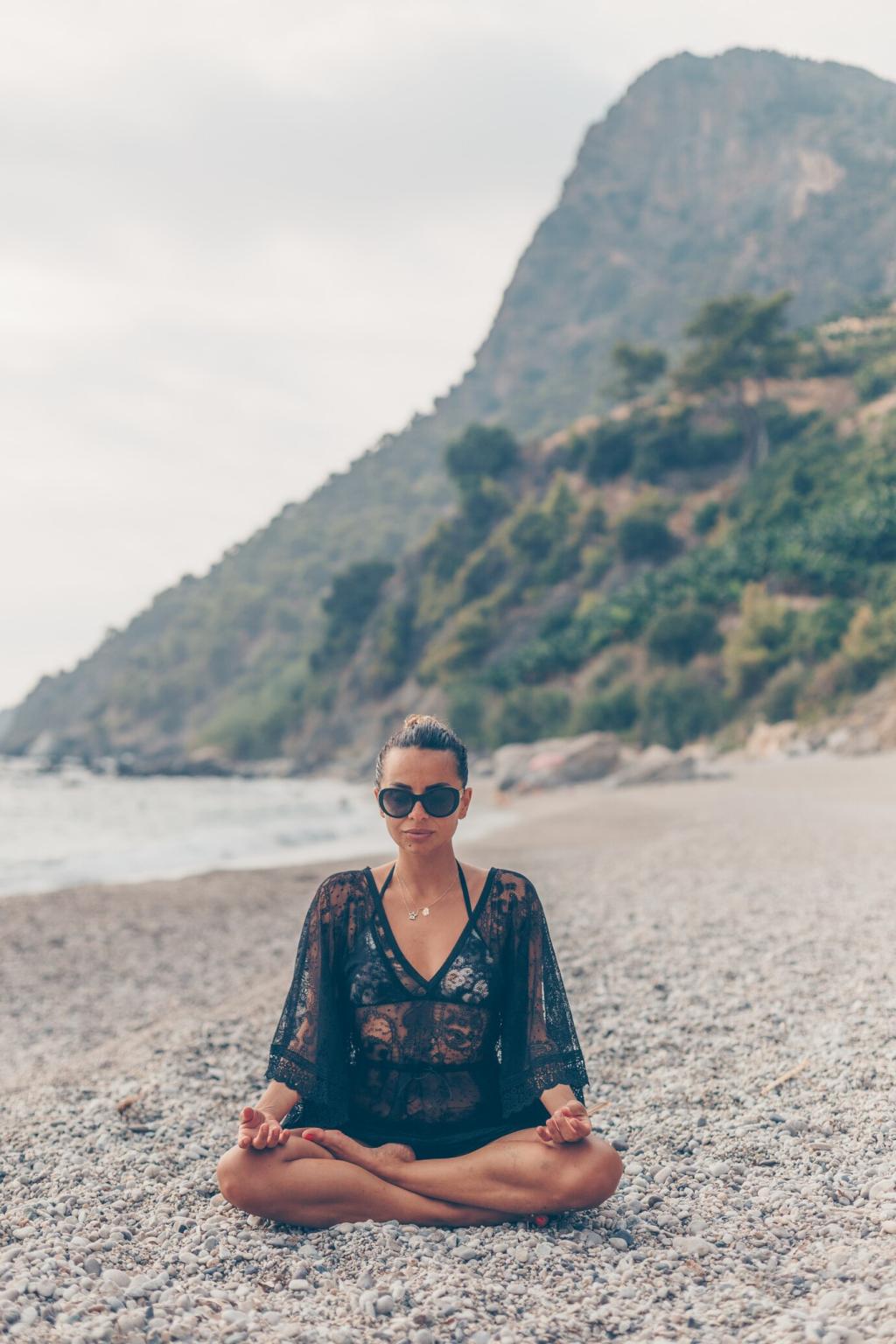Packing and Preparing for Emotional Ease
Bring a journal, two pens, a refillable bottle, eye mask, earplugs, comfortable layers, and supportive footwear. Add a small token for an altar—perhaps a stone or photo. Pack electrolytes, a gentle tea, and a favorite sweater for evenings. Skip heavy makeup and high-pressure outfits; choose what feels kind on your skin.
Packing and Preparing for Emotional Ease
Set an out-of-office with compassionate clarity. Create a single emergency contact path and mute everything else. Delete social apps temporarily or hide them in a folder. Tell loved ones your phone windows. Notice the quiet after notifications fade. Share your best unplugging tactic so others can borrow your boundary wisdom.

